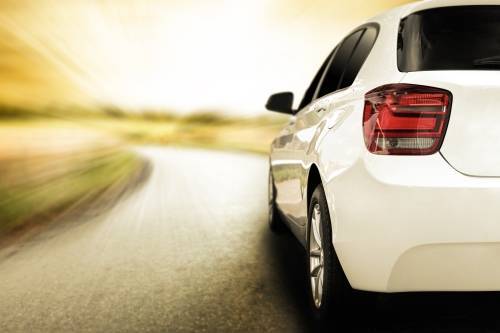
The Future is Now: The Race for the Self-Driving Car

The self-driving car is on its way to becoming a reality for the everyday driver. Soon, consumers can experience a new definition of the word “driving.” People who cannot drive themselves will be able to experience greater independence and mobility. Commuters making long trips to and from their workplaces can reclaim the time lost behind the wheel. Most importantly of all, driverless cars are expected to save millions of lives over the course of a few decades.
Car companies are pouring billions of dollars into the effort to build these vehicles in a race to be the forerunner of driverless car technology. According to Larry Burns, a professor of engineering at the University of Michigan and former GM executive, “this is an arms race.”
Many people have declared Google the leader in self-driving car technology, but Uber and Apple are more mysterious. Both companies have hired teams of people who are “extremely strong” in the area of automated cars, but have been conspicuously quiet about what their plans are.
There are currently two very different approaches favored by automakers for introducing driverless vehicles. The first, which is favored by Tesla and most legacy car companies, is the idea that new driver-assisting technologies should be added to vehicles incrementally so that safety can improve over time. Companies like Google, on the other hand, believe that driverless cars should be built as fully autonomous from the start (known as a “Level 4” approach to automation). Google is currently testing “Level 3” vehicles in California and Texas, which require humans to be able to take over the wheel with comfortable transition time. The problem with Level 3 vehicles, however, is that drivers testing the vehicles have so far been prone to distraction and not fully alert to when to take over steering.
While cars that drive themselves are theoretically supposed to be safer for the driver by eliminating human error, a driver’s safety will still rely to some degree on knowing which car systems are turned on and how to override them in case of a system failure. Much like auto piloting an airplane, a safety paradox may exist for driverless cars as well.
Read more about the future of the self-driving car via The Atlantic.
 Sunny
Sunny Veterans Still Waiting Months for Care at VA Facilities
Veterans Still Waiting Months for Care at VA Facilities 